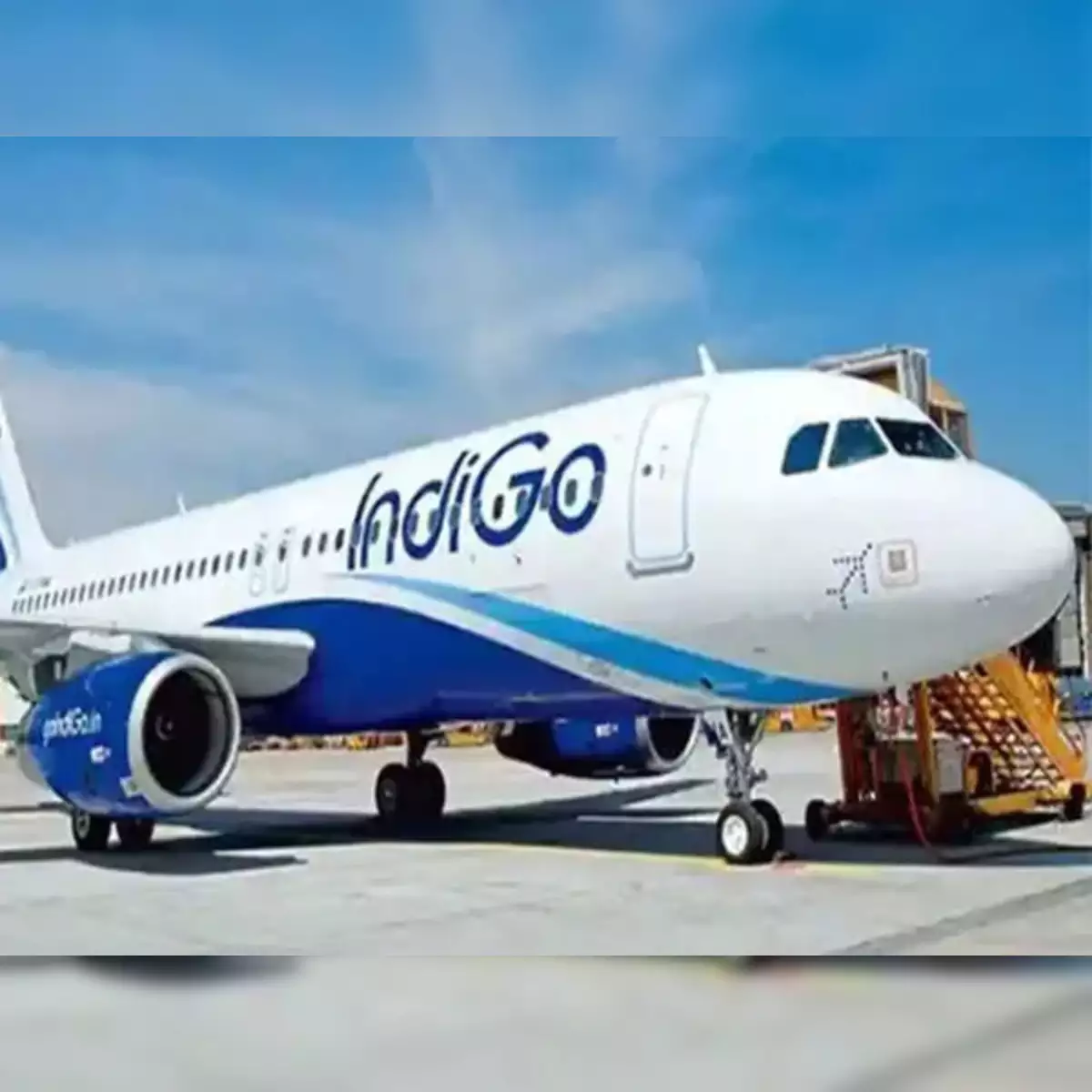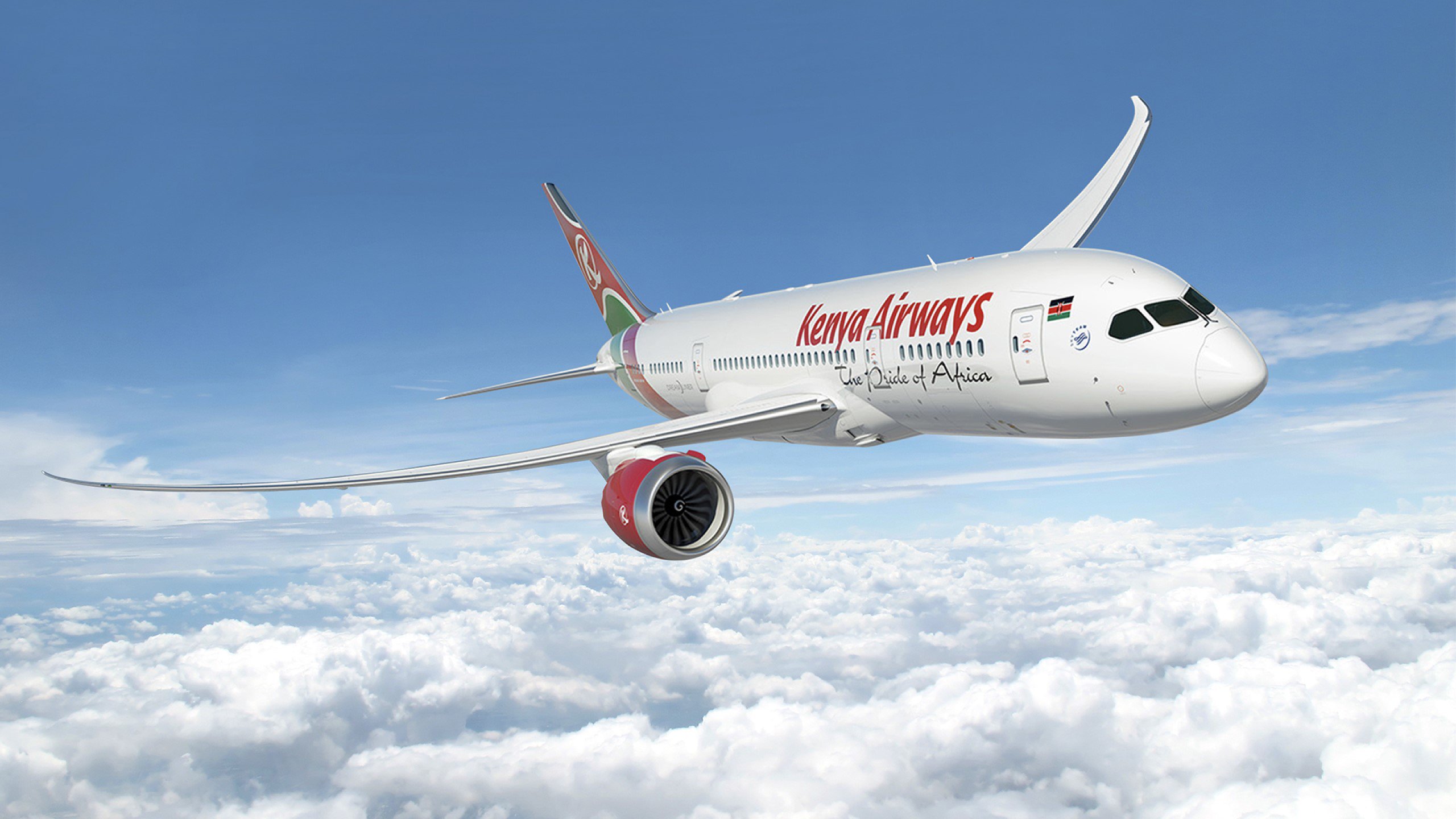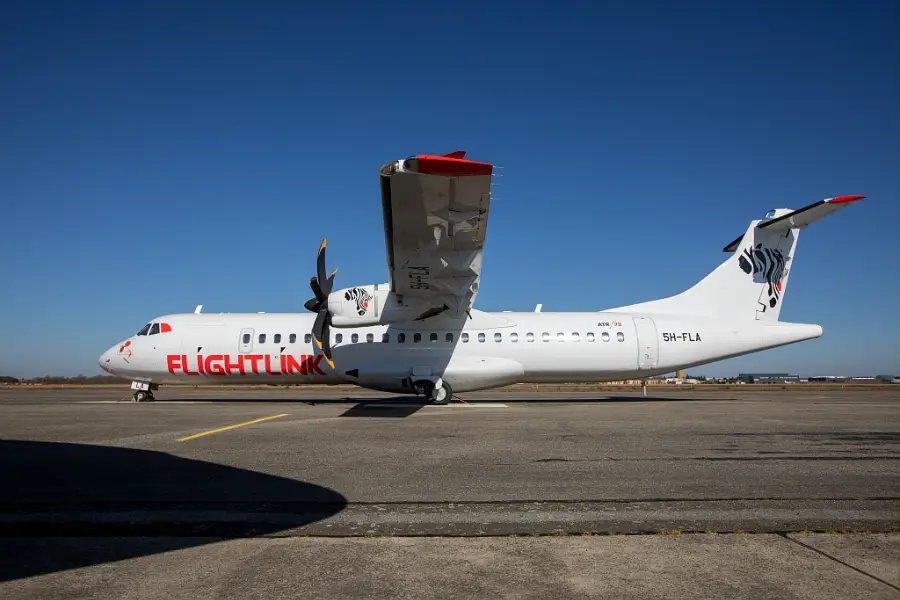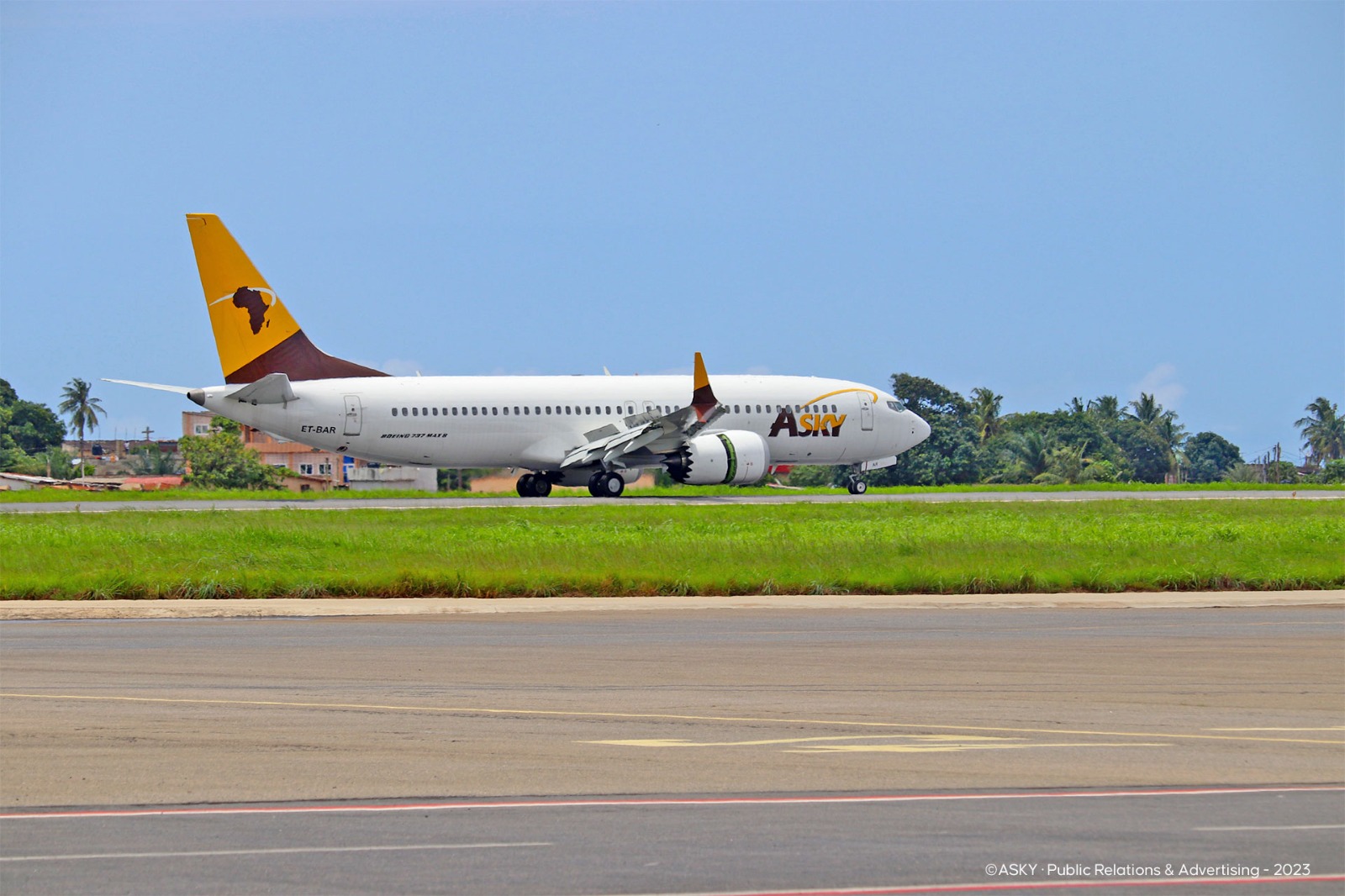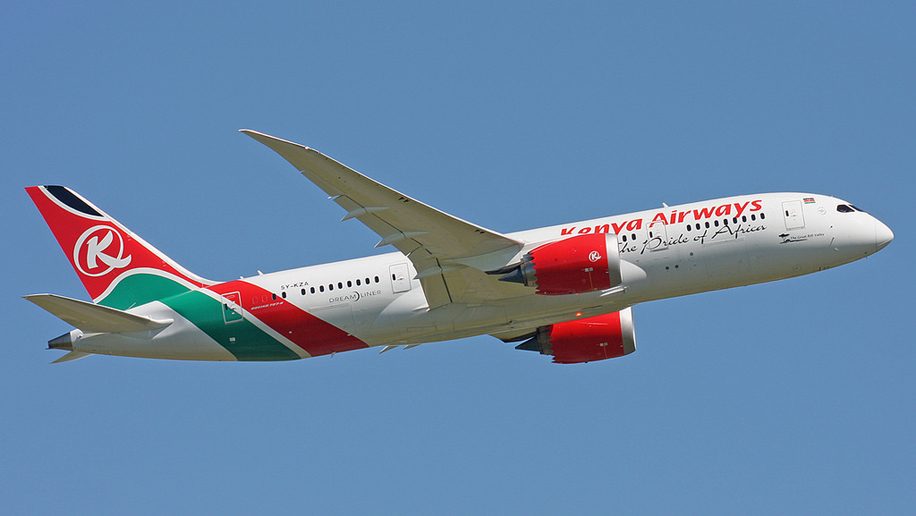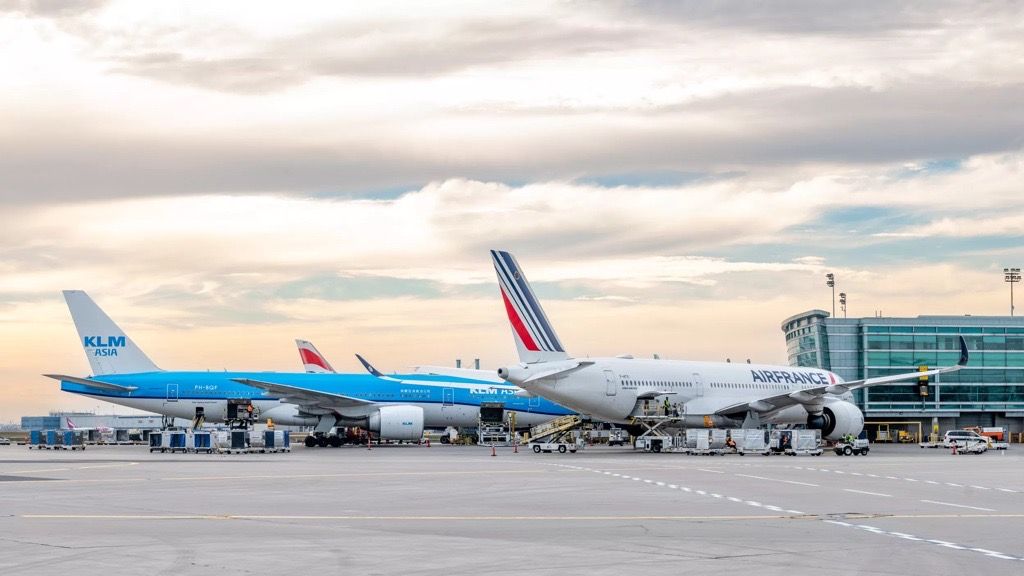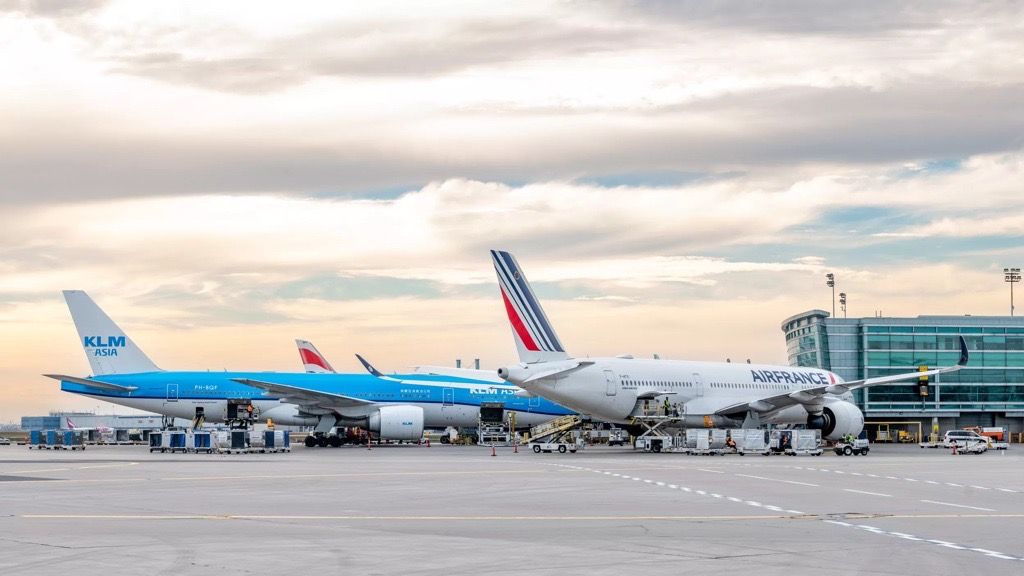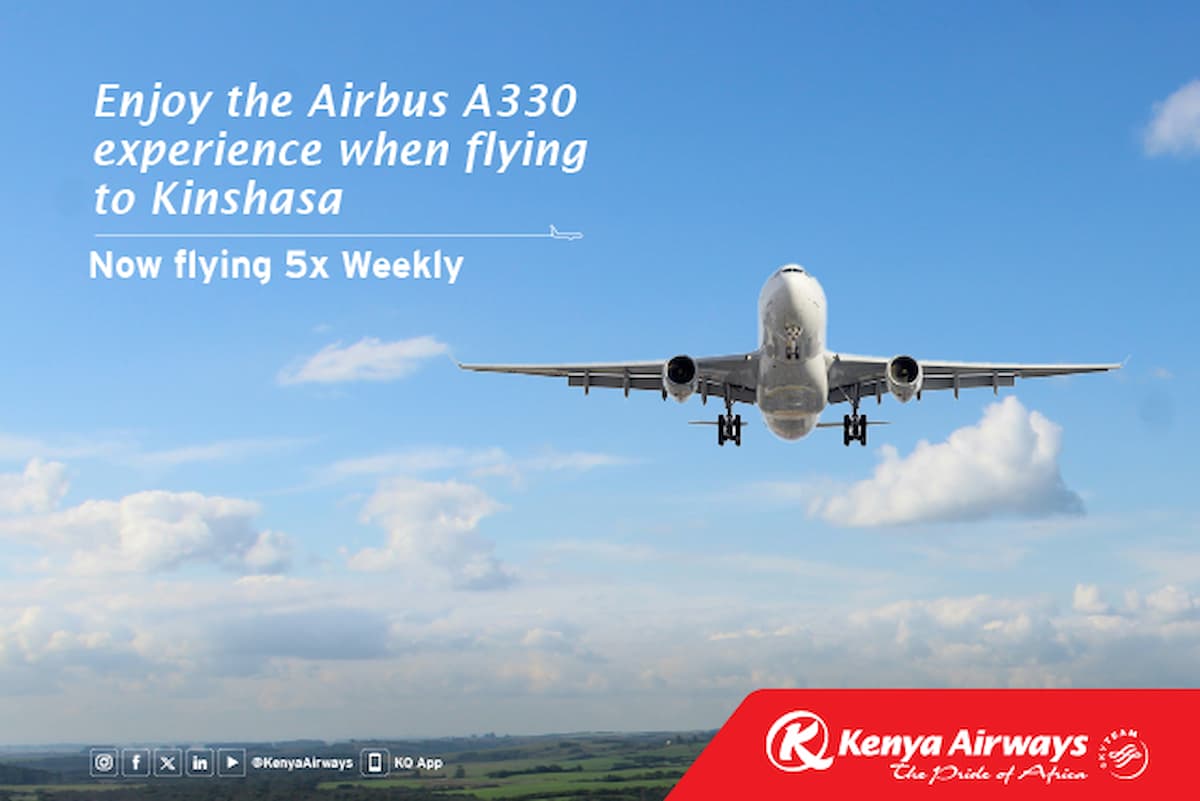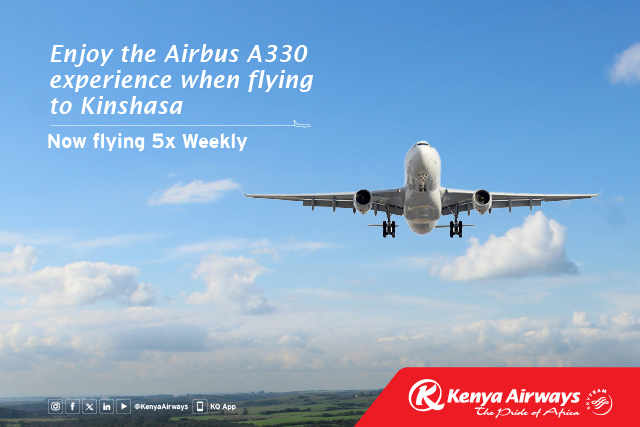IndiGo, India’s leading airline, has entered a transformative partnership with Accor, a global leader in hospitality, aimed at revolutionizing the travel experience for Indian consumers. Through the integration of their loyalty programs—IndiGo’s BluChip and Accor’s ALL (Accor Live Limitless)—the two companies plan to offer travelers a unified platform that provides enhanced rewards across flights, hotel stays, and a wide range of travel experiences.
This collaboration is set to redefine loyalty programs by allowing members of both BluChip and ALL to seamlessly share and convert reward points. Travelers can now earn and redeem points across both IndiGo flights and Accor hotel stays, offering them unprecedented flexibility and value. By creating co-branded offerings, the partnership ensures that frequent travelers enjoy exclusive perks that blend air travel rewards with hospitality benefits, further enhancing their overall travel experience.
BluChip’s Expansive Growth and Vision for the Future
Launched in 2024, IndiGo’s BluChip program has quickly garnered significant attention, with over 2 million members joining within its first six months. This rapid success demonstrates the growing demand for loyalty programs that offer value across various facets of travel. The partnership with Accor will not only elevate BluChip’s value proposition within India but will also attract international travelers as IndiGo continues its global expansion. The airline’s goal is to forge new partnerships in sectors such as travel, retail, and lifestyle to bring even greater rewards to its members.
Accor’s Global Reach Aligns with India’s Growing Travel Demand
Accor’s ALL program offers a vast network of over 100 million members worldwide, with access to more than 45 hotel brands across 110 countries. This global presence complements IndiGo’s flight network, which connects key destinations across India, the Middle East, and Southeast Asia. With this strategic collaboration, travelers will be able to enjoy the benefits of both loyalty programs, unlocking rewards and exclusive experiences across flights and accommodations. This integration is set to create a seamless and highly rewarding experience for members.
Capitalizing on India’s Booming Travel and Tourism Industry
India’s travel market is experiencing explosive growth, fueled by a rapidly expanding middle class, improved infrastructure, and increasing air connectivity. The country is on track to become the world’s fifth-largest outbound travel market and the third-largest domestic travel market by 2027. The timing of this partnership places IndiGo and Accor at the forefront of this growth, offering enhanced loyalty rewards and a broader range of services to cater to the needs of India’s growing number of travelers.
A Bold Future with Expansive Plans
The partnership between IndiGo and Accor is not just about immediate rewards but also about the long-term growth of both companies in India. Together, they plan to establish 300 Accor-branded hotels across the country by 2030, strengthening their presence and offering more accommodation options to travelers. By combining IndiGo’s extensive flight network with Accor’s global hospitality expertise, the two companies are set to offer an unmatched travel experience, seamlessly connecting air travel with high-quality hotel stays.
Shaping the Future of Travel and Hospitality in India
The alliance between IndiGo and Accor is poised to be a game-changer in India’s travel and hospitality sectors. By merging their loyalty programs, the two companies are setting new standards in customer engagement, offering Indian travelers a holistic travel experience that blends flights, accommodations, and unique experiences. This partnership speaks to the evolving needs of India’s middle class, providing innovative solutions to enhance the travel journey.
With the continued expansion of both companies, this collaboration promises to unlock even more rewards, ensuring a seamless, rewarding experience for Indian travelers—whether they are flying across the country or enjoying an unforgettable hotel stay. The partnership between IndiGo and Accor is a significant step toward shaping the future of travel in India.
IndiGo, India’s leading airline, has entered a transformative partnership with Accor, a global leader in hospitality, aimed at revolutionizing the travel experience for Indian consumers. Through the integration of their loyalty programs—IndiGo’s BluChip and Accor’s ALL (Accor Live Limitless)—the two companies plan to offer travelers a unified platform that provides enhanced rewards across flights, hotel stays, and a wide range of travel experiences.
Bridging Loyalty Programs for Seamless Travel Experiences
This collaboration is set to redefine loyalty programs by allowing members of both BluChip and ALL to seamlessly share and convert reward points. Travelers can now earn and redeem points across both IndiGo flights and Accor hotel stays, offering them unprecedented flexibility and value. By creating co-branded offerings, the partnership ensures that frequent travelers enjoy exclusive perks that blend air travel rewards with hospitality benefits, further enhancing their overall travel experience.
BluChip’s Expansive Growth and Vision for the Future
Launched in 2024, IndiGo’s BluChip program has quickly garnered significant attention, with over 2 million members joining within its first six months. This rapid success demonstrates the growing demand for loyalty programs that offer value across various facets of travel. The partnership with Accor will not only elevate BluChip’s value proposition within India but will also attract international travelers as IndiGo continues its global expansion. The airline’s goal is to forge new partnerships in sectors such as travel, retail, and lifestyle to bring even greater rewards to its members.
Accor’s Global Reach Aligns with India’s Growing Travel Demand
Accor’s ALL program offers a vast network of over 100 million members worldwide, with access to more than 45 hotel brands across 110 countries. This global presence complements IndiGo’s flight network, which connects key destinations across India, the Middle East, and Southeast Asia. With this strategic collaboration, travelers will be able to enjoy the benefits of both loyalty programs, unlocking rewards and exclusive experiences across flights and accommodations. This integration is set to create a seamless and highly rewarding experience for members.
Capitalizing on India’s Booming Travel and Tourism Industry
India’s travel market is experiencing explosive growth, fuelled by a rapidly expanding middle class, improved infrastructure, and increasing air connectivity. The country is on track to become the world’s fifth-largest outbound travel market and the third-largest domestic travel market by 2027. The timing of this partnership places IndiGo and Accor at the forefront of this growth, offering enhanced loyalty rewards and a broader range of services to cater to the needs of India’s growing number of travelers.
A Bold Future with Expansive Plans
The partnership between IndiGo and Accor is not just about immediate rewards but also about the long-term growth of both companies in India. Together, they plan to establish 300 Accor-branded hotels across the country by 2030, strengthening their presence and offering more accommodation options to travelers. By combining IndiGo’s extensive flight network with Accor’s global hospitality expertise, the two companies are set to offer an unmatched travel experience, seamlessly connecting air travel with high-quality hotel stays.
Shaping the Future of Travel and Hospitality in India
The alliance between IndiGo and Accor is poised to be a game-changer in India’s travel and hospitality sectors. By merging their loyalty programs, the two companies are setting new standards in customer engagement, offering Indian travelers a holistic travel experience that blends flights, accommodations, and unique experiences. This partnership speaks to the evolving needs of India’s middle class, providing innovative solutions to enhance the travel journey.
With the continued expansion of both companies, this collaboration promises to unlock even more rewards, ensuring a seamless, rewarding experience for Indian travelers—whether they are flying across the country or enjoying an unforgettable hotel stay. The partnership between IndiGo and Accor is a significant step toward shaping the future of travel in India.
Source : Travel and tour world

